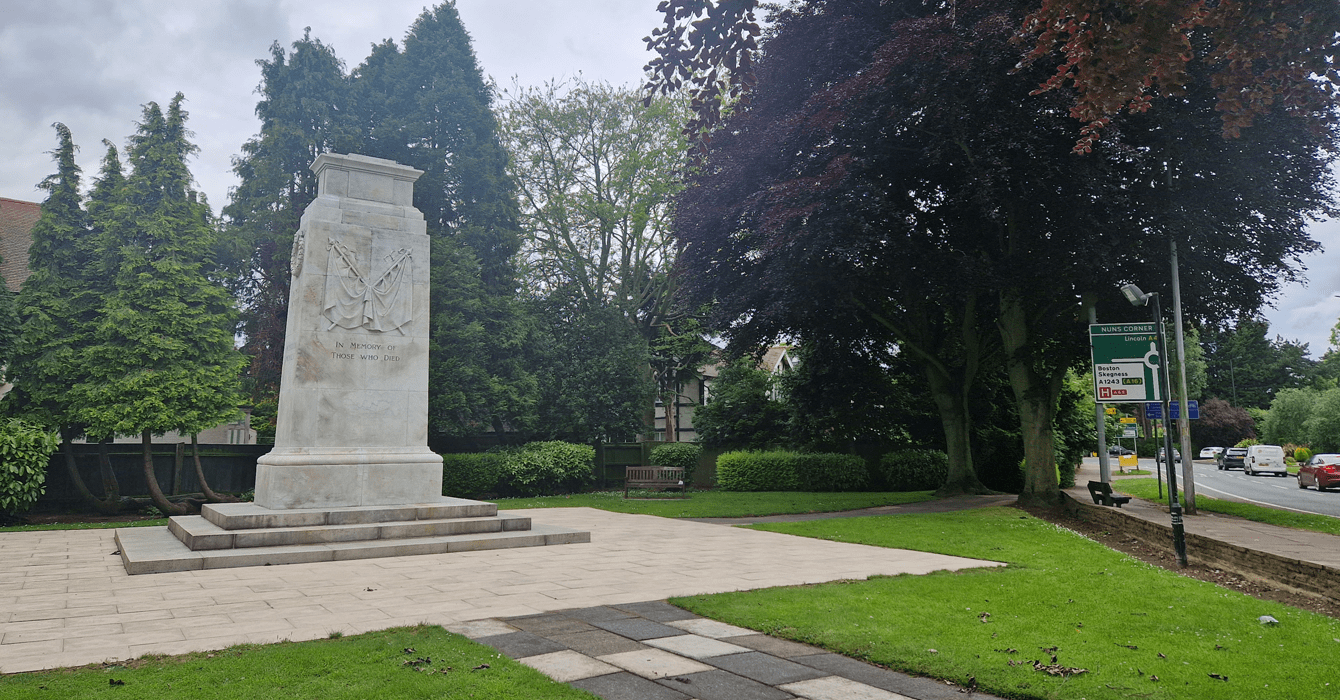Chris
6/5/2024 1:18:30 PM
2 mins read

On 6th June 1944, around 156,000 Allied soldiers landed on the shores of Normandy to open the campaign to liberate German-occupied northeast Europe.
D-Day was the largest seaborne invasion in history, involving 7,000 ships supported by over 8,000 combat aircraft. More than 83,000 soldiers landed on the three beaches assigned to British and Canadian forces: Gold, Sword and Juno. The number of Allied dead and wounded on these three beaches numbered over 2,000 on D-Day alone.
The invasion was by no means confined to the beaches, with some 23,000 Allied soldiers being dropped from the air behind enemy lines. The majority of these men were parachutists, but a large number (approximately 4,000) were transported in assault gliders. The airborne assault on Normandy was greatly assisted by Allied air superiority over the English Channel.
However, were you aware of the part that North East Lincolnshire played in the historic operation? From using former Grimsby fishing vessels to personnel from RAF Waltham, the borough was more involved than you may think. The trawler Grimsby Town was repurposed as an escort vessel on the day of the landings and was employed as an anti-submarine vessel throughout the war.
Grimsby and Immingham ports
In total, 12 ships from Grimsby and Immingham took part in the Allied invasion. Loaded with food, medical supplies, ammunition and other materials, the ships sailed to Normandy to help maintain the Allied foothold. The ports also received wounded soldiers and prisoners of war from the battlefields following the invasion.
Military camps and RAF bases
A number of local bases, including Holton-Le-Clay and Laceby, were used to help train and accommodate soldiers in preparation for the landings. Many local aerodromes also played a part in the invasion of Normandy, including Waltham and North Killingholme. Indeed, a Lancaster from 550 Squadron at North Killingholme, “Bad Penny II”, is credited with dropping the first stick of bombs on the Normandy beaches.
Corporation Bridge
Grimsby’s Corporation Bridge was used to prepare some troops for the D-Day landings. The bridge was similar in design to the one that spanned the Caen Canal in Normandy, which the Allies intended to capture.
The capture of the bridge was vital to the success of D-Day, as its possession would prevent German armoured units attacking the eastern flank of the Allied forces landing at Sword Beach.
The operation proved to be a triumph of planning and both the bridge over the Caen Canal (subsequently known as Pegasus Bridge) and the nearby bridge over the River Orne were captured.
One of the men who helped to defend Pegasus Bridge from German counter attacks was Frederick Henry Hanslip of the Royal Engineers, who was born in the East Marsh area of Grimsby.
Commemorating the 80th anniversary
June 6th 2024 marks the 80th anniversary of the D-Day landings. In honour of this, a moment of reflection will take place on the steps of Grimsby Town Hall at 10:00 am on the morning of Thursday 6th June.
The Worshipful Mayor of the Borough of North East Lincolnshire Cllr Steve Beasant will be hosting a Civic Service of Commemoration at the Church of St Mary on the Sea on Heneage Road, Grimsby. The service will be starting at 6pm and the Vice Lord Lieutenant, Andrew Clarke, and the Assistant Naval Regional Commander, Lt Jon Aylett, will also be in attendance. Members of the public are more than welcome to attend the service and are asked to be seated by 5:50 pm.
There will also be a display of work from the children of St Mary’s School on display within the Church.
The Armed Forces Events Management Team are also lighting a beacon at 9.15pm on 6 June at The Knoll, Cleethorpes, to commemorate the event with other activities.




